
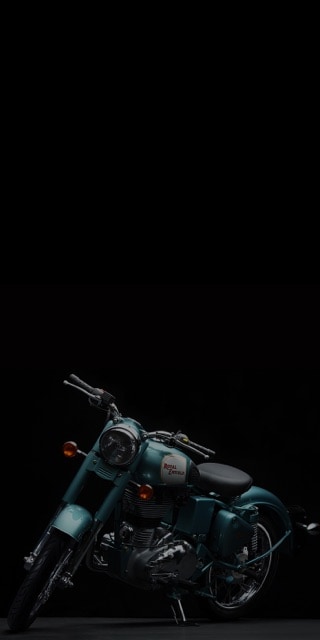
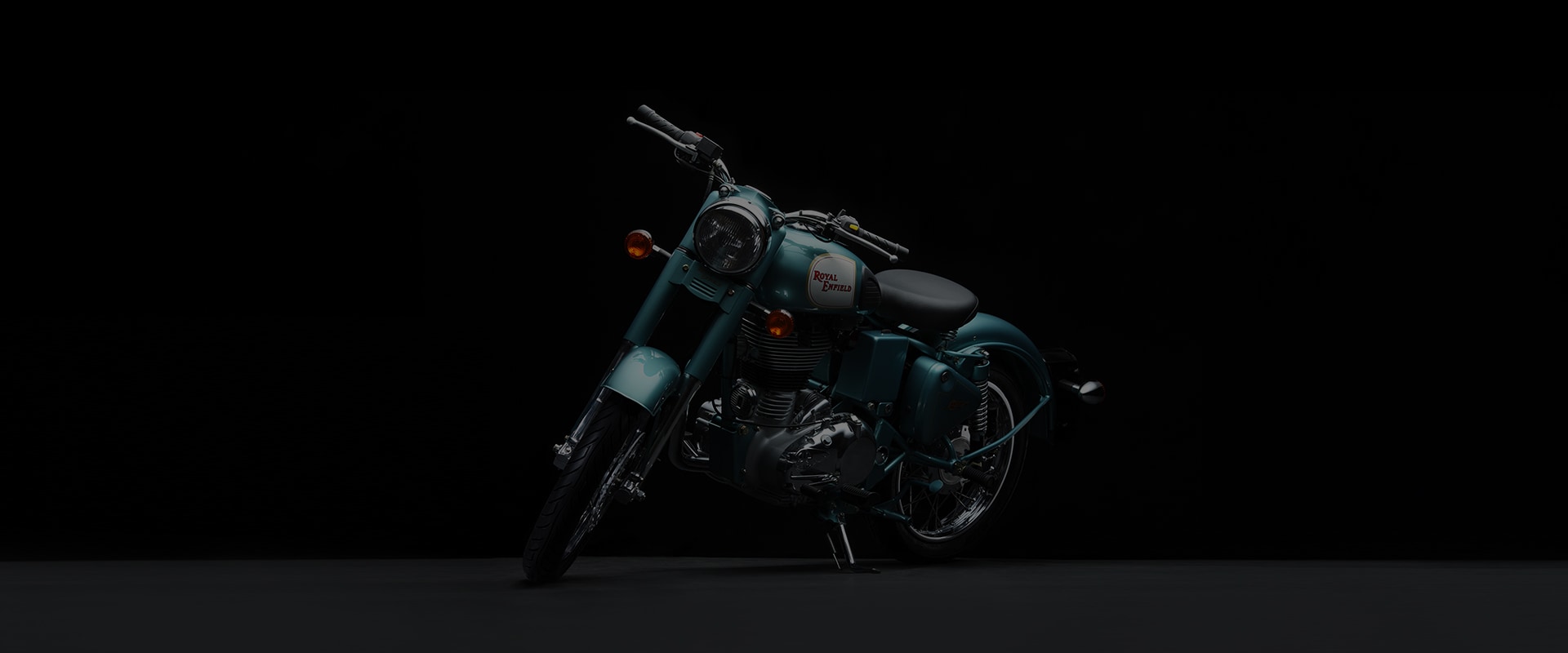
The Post-War modern design movement gathered speed somewhere around 1945, with a pronounced sensibility and simplicity in form driving the way everything took shape. In Europe post-war motorcycle companies were more concerned with designing practical, economical transportation. This factor greatly affected the basics of motorcycle design during that time.
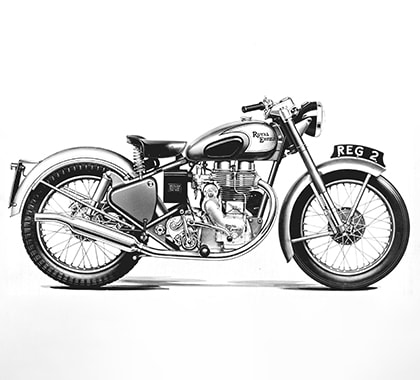
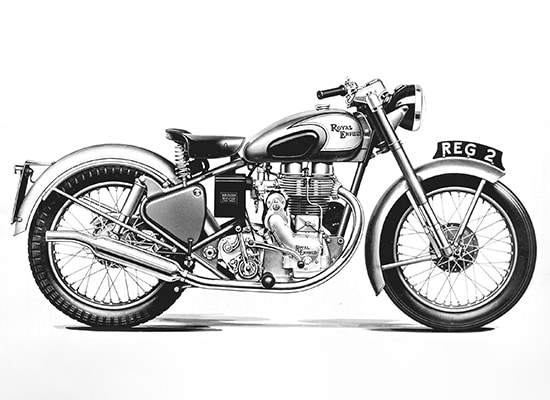

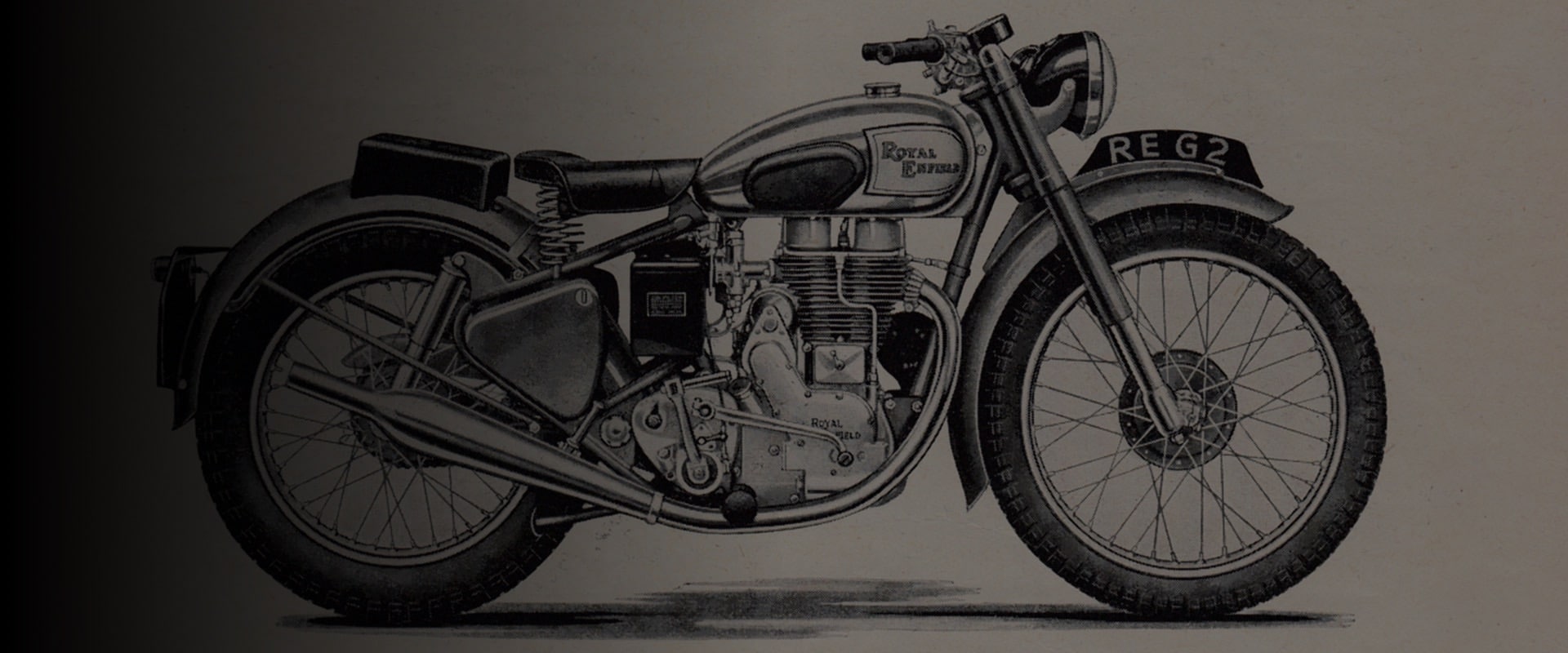
After the end of WW-II, Royal Enfield resumed the production of the civilian models, namely the single cylinder OHV 350cc Model G and the 500cc Model J. These motorcycles had a rigid rear frame and telescopic front forks. The simplistic design of these motorcycles made them perfect ride-to-work machines, catering to the ever growing demand for efficient modes of transportation. In 1948, a groundbreaking development in the form of rear suspension springing started being offered on the roadgoing models ensuring a comfortable ride.


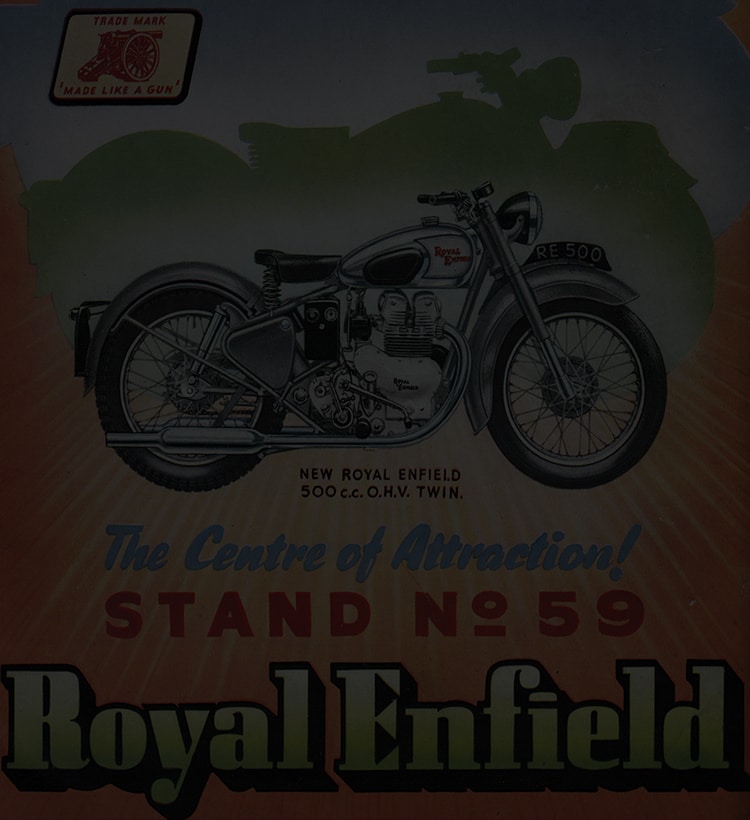

Besides the tear-drop shaped fuel tank the other characteristic that seemed to catch on was the introduction of rubber ‘Thigh Pads’ on the sides of the fuel tank. Not only did they serve the purpose of enhancing grip when a rider is hugging the tank with his legs, but also helped protect the tank surface from abrasion.




The 1951-55 Model G2 350 Bullet from Royal Enfield was one which particularly caught the attention of the Royal Enfield design team during their research for future models sometime in the mid 2000s. The gradual upswept exhaust and the retro lines brought out an aspect of the motorcycle that just led everyone to recreate another one on similar lines. The strong solid colour called ‘polychromatic silver-grey’ inspired the way paint schemes were envisioned.


Some more cues were borrowed from the post-war Model G2, especially the trademark casquette, the spring single seat and the flowy fenders, creating that unmistakable silhouette that went on to define the very shape of the Classic. The additional classic vide reflected through the oval tool box, the Aurora font used on the speedometer dials, tear drop fuel tank with postwar graphics, rubber thigh pads, and the engine fins.




The elliptical shape of the engine was inspired from the shape of the wings of the British World War-II fighter, the Supermarine Spitfire, and drew few design cues from that of the 1957 Crusader and Clipper models; even the blister from the wing of the Spitfire was added as an element in the engine design with a small winged RE logo placed in one corner of the crankcase. The design of the all-new Unit Construction Engine, developed for the Classic, was inspired by that of the Crusader 250, the only other integrated Royal Enfield engine produced so far.


The Royal Enfield Classic motorcycle was conceptualised as an amalgamation of original, authentic British post-war (1950’s) retro-classic design with advanced technology and legendary Royal Enfield reliability, with its true character remaining unchanged.


Royal Enfield handled the challenge by dividing the design task into two parts. In the first part, all the electronic and modern components were positioned on the vehicle layout in such a way that they were least exposed, and wherever they were exposed, they were placed in such a way that they blended with the aesthetic lines of the motorcycle without disturbing the visual harmony of the design.


In the second part, once the design strategy had been fixed, an extensive study about the postwar motorcycles was carried out at the National Motorcycle Museum in Birmingham, UK, covering their form, characteristics and manufacturing processes. At the end of the study, a decision was taken to ensure that the component finishes and other style cues of that era were to be carefully integrated into the making of the motorcycle. Keeping that in mind, the same colours were chosen for the bodywork as well as the frame, as was reminiscent of the post-war manufacturing processes.




The shape and proportions of components like the mudguards, the short & angular silencer, tool boxes, etc., all made the motorcycle visually well balanced. The basic shapes of the headlamp casing (casquette) and the fuel tank were retained to give a more authentic feel to the motorcycle when compared to the Bullet.
On the whole, the aim of achieving a postwar image in a motorcycle was worked out by having the right proportions, and the period fit & finish of the chassis, bodywork and engine. ‘Overall visual harmony in a classical form’ was what Royal Enfield tried to achieve in this motorcycle. During the Initial production run, the Royal Enfield Classic rolled off the line in three beautiful colour variants – Classic Teal Green, Royal Maroon and Black.

